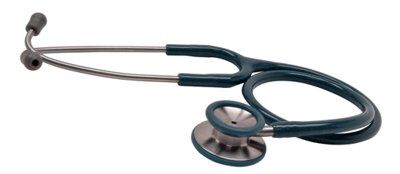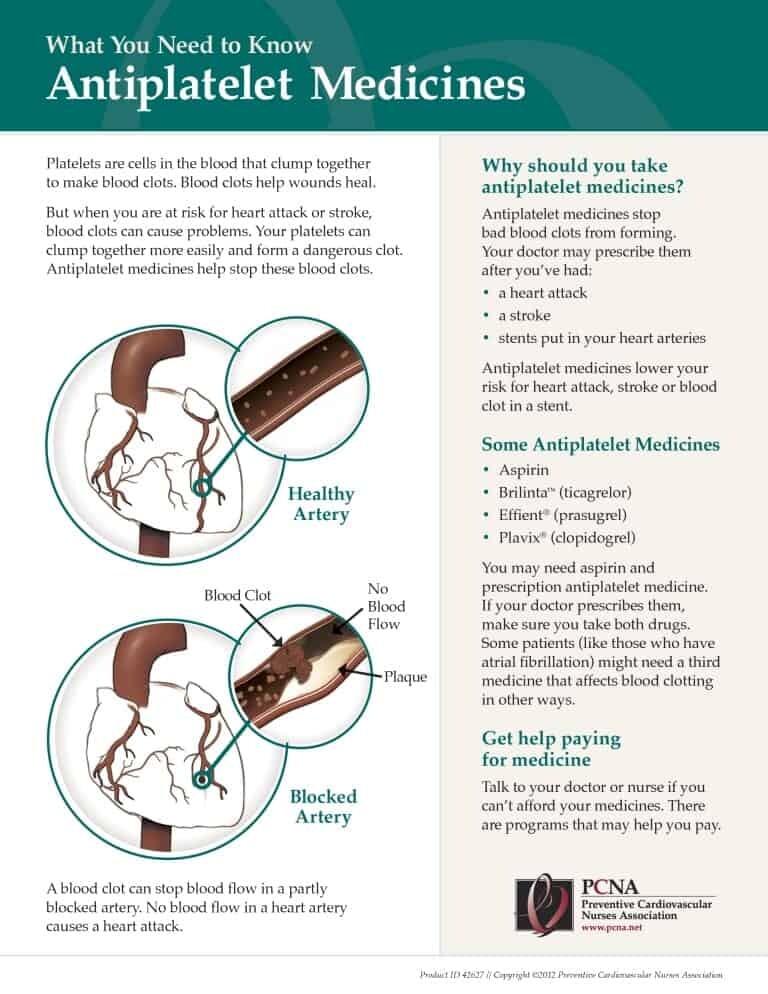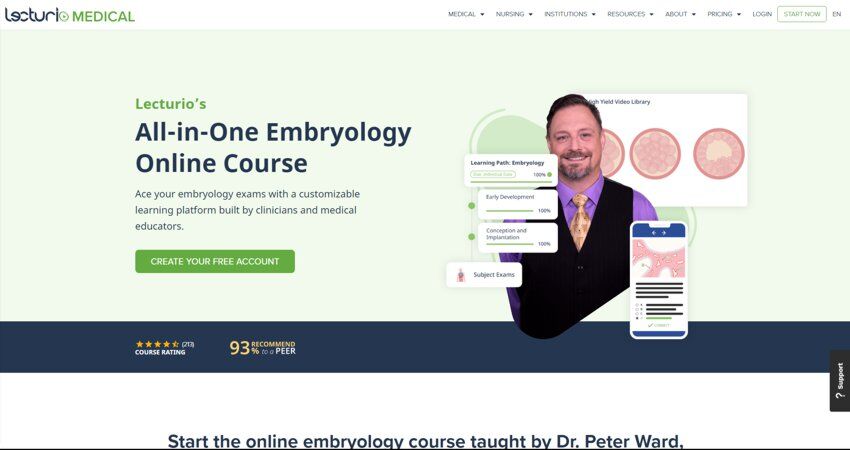Finding Clients as a Freelance Copywriter
The third option is to start working as a freelancer and building up your own business. Out of the three options, this is perhaps the hardest route. But also the most profitable one in the long run.
Here are a few ways to find clients as a freelance medical copywriter:
Attend Industry Events, Conferences, and Conventions
Attending industry events and conferences is an excellent way to expand your network as a medical copywriter. These events offer opportunities to meet potential clients, colleagues, and other professionals in the healthcare industry. By attending these events, you can learn about the latest trends and developments in the field while also making valuable connections.
To make the most of these events, it's important to be prepared. Research the event beforehand to identify key speakers or attendees you'd like to meet. Bring business cards and be ready to introduce yourself and discuss your work as a medical copywriter. Be sure to follow up with any contacts you make after the event.
Join Online Communities and Forums for Medical Writers
In addition to attending live events, joining online communities and forums for medical writers is another effective way to grow your network. These groups provide opportunities to connect with other professionals in the field, share ideas, ask questions, and learn from others' experiences.
When joining online communities or forums, take time to read through previous posts before contributing. Be respectful of others' opinions and avoid self-promotion unless it's explicitly allowed by the group rules. By actively participating in these groups over time, you can establish yourself as a knowledgeable expert in medical copywriting.
Be Active On Social Media
Social media platforms like LinkedIn are powerful tools for networking with professionals in the healthcare industry. Create a professional profile that highlights your skills as a medical copywriter and connect with others in related fields.
When reaching out on social media platforms like LinkedIn, be sure to personalize your message rather than sending generic requests. Consider offering value upfront by sharing relevant content or insights that may be useful for your connection's work.
Guest Post on Relevant Websites and Blogs
Offering guest posts on relevant blogs or websites is an excellent way to showcase your expertise while expanding your reach beyond your existing network. Identify blogs or websites that cater to your target audience and offer to contribute an article on a relevant topic.
When pitching guest posts, be sure to provide a clear outline of your proposed article and explain why it would be valuable for the blog or website's readers. By providing high-quality content, you can establish yourself as a thought leader in medical copywriting while also growing your network.
Collaborate With Other Medical Writers
Collaborating with other medical writers on projects is another effective way to build relationships and gain exposure. Reach out to other writers in the field and propose joint projects that highlight both of your skills.
When collaborating with others, be sure to establish clear expectations upfront regarding roles, timelines, and compensation if applicable. By working together effectively, you can create high-quality work that showcases both of your talents while also expanding your network.
Working with other medical copywriters also helps expand your network and reach new users. Collaborating allows writers to connect with others in the industry, leading to potential referrals and future collaborations.
Build Your Team
Some clients may require an entire team of medical copywriters to produce high-quality content. In such cases, collaborating with other writers can help you meet the client's needs effectively.
For instance, if you are working on a project related to mental health, you may need someone who specializes in psychology while another writer focuses on psychiatry.
Find More Clients With Referrals and Testimonials
Finally, don't underestimate the power of referrals or testimonials from former clients when growing your network. Reach out to previous clients who were pleased with your work and ask if they'd be willing to refer you to others or provide a testimonial for your website or portfolio.
When asking for referrals or testimonials, be respectful of their time and make it easy for them by providing suggested language they can use. By leveraging positive feedback from previous clients, you can strengthen your credibility and reputation as a medical copywriter.




















